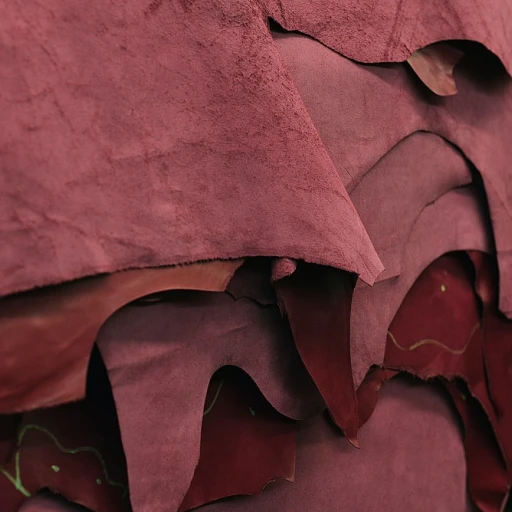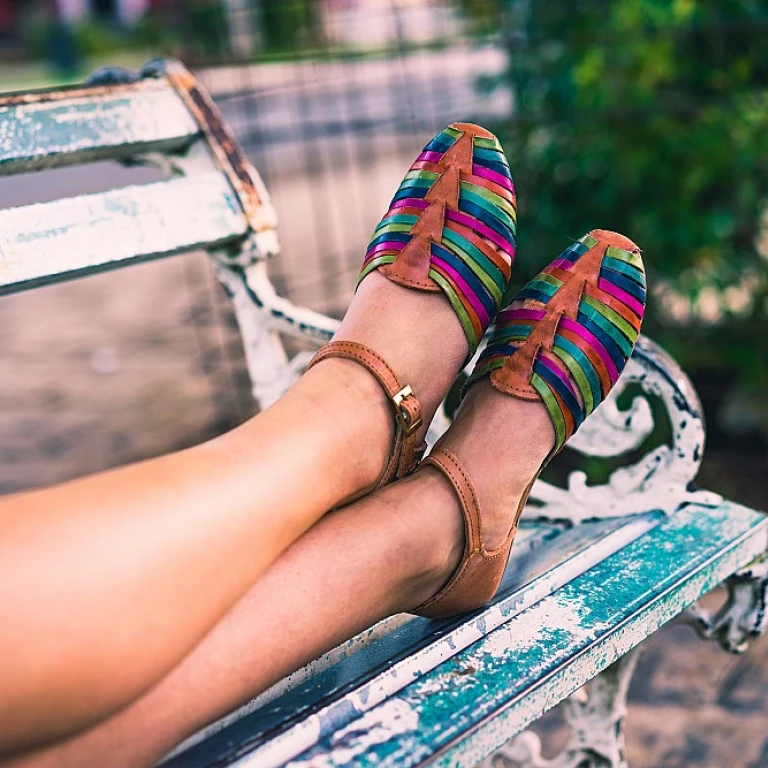
Discover the Art of Tanning: A Time-Honored Process Behind Your Luxury Leather Comforts
Think about the moment you first laid eyes on that sumptuous leather armchair or the soft caress of your designer handbag against your fingertips. Ever wonder what magical process transforms a simple animal hide into these objects of desire and status? Today, I'm peeling back the layers (not the leather!) to reveal the robust art of tanning evolution, a pivotal chapter in the history of your cherished luxury leather goods.
From Ancient Rituals to Modern Mastery: The Evolution of Tanning
Civilizations of yore weren't just skilled hunters; they were also the earliest leather artisans, discovering the potent mix of natural tannins to prevent their spoils from decaying. Imagine the ancient Egyptians without their leather-bound treasures. As unthinkable as a sky without stars, right? The Romans then took tanning up a notch, employing techniques still in use today, albeit more refined. You might not cavort in a Roman toga, but your leather goods carry forward their legacy!
Vegetable Tanning: Time-Intensive, But Oh-So Sublime
'Patience is the key to paradise,' and nowhere is this truer than in vegetable tanning. This method uses tannins from tree bark and leaves, a process that can take several months but results in leather that is rich in color and character—perfect for the interior of your luxury car, isn't it? Have you ever thought about your backseat as a work of painstaking art? Well, now you should!
Chrome Tanning: Swift, Sleek, and Stylish
In stark contrast, chrome tanning is like the fast and the furious of the leather world—think less 'old-world charm' and more '21st-century sleek'. In a mere day, hides are transformed using chromium salts, resulting in the supple, water-resistant leather that clads the modern mogul. This process might lack the romance of vegetable tanning, but it sure knows how to keep pace with our bustling lives!
The Tanning Tug-of-War: Tradition vs. Technology
We're living in times where the old is constantly wrestling with the new. On one side, we have artisanal tanners who swear by age-old methods to treat each hide like a future family heirloom. On the other, scientists are pushing boundaries with innovations like enzyme and synthetic tanning, promising more uniform texture and color. So, what's your pick? The timeless allure of tradition or the boundary-breaking promise of technology?
An Eco-Friendly Future: Sustainable Tanning Forays
As a luxury leather aficionado, you're not just a patron of fine goods, but also a guardian of the Earth, no cape needed. The leather industry is facing its own green revolution, with sustainable tanning methods gaining ground. Think of it as giving back to nature while still basking in elegance. After all, what's the point of luxury if we don't have a planet to enjoy it on?
References:
- 'Leather: History, Techniques, Projects' by Josephine Barbe
- 'Sustainable Tanning Techniques: Challenges and Solutions' - International Journal of Leather Science
- Data on Tanning Industry Trends, World Leather Tanners Council
- Interview with Master Tanners from the Traditional Tannery Guild

-large-teaser.webp)
-large-teaser.webp)
-large-teaser.webp)
-large-teaser.webp)